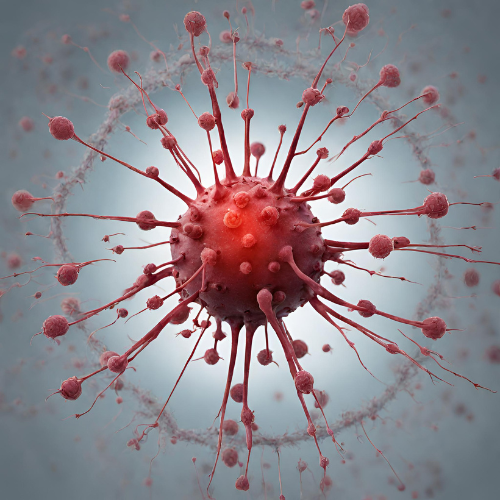Comprehensive Guide to COVID-19 Testing: Understanding Methods, Accuracy, and Utility
Amid the COVID-19 pandemic, widespread testing has become a cornerstone of efforts to control the spread of the virus, identify infected individuals, and implement appropriate public health measures. From traditional molecular tests to rapid antigen assays and serological tests, a variety of testing methods are available to detect SARS-CoV-2, the virus responsible for COVID-19. In this detailed guide, we explore the different types of COVID-19 tests, their principles, accuracy, and applications.
Types of COVID-19 Tests:
- Molecular Tests (PCR):
- Principle: Polymerase chain reaction (PCR) tests detect the genetic material of the virus by amplifying specific regions of the viral RNA.
- Accuracy: PCR tests are highly sensitive and specific, with high accuracy in detecting active infections.
- Applications: PCR tests are considered the gold standard for diagnosing active COVID-19 infections and are widely used in clinical settings and diagnostic laboratories.
- Antigen Tests:
- Principle: Antigen tests detect specific viral proteins (antigens) present on the surface of the virus.
- Accuracy: Antigen tests are generally less sensitive than PCR tests but offer rapid results, making them suitable for point-of-care and mass testing.
- Applications: Antigen tests are used for rapid screening and surveillance, particularly in settings where immediate results are needed, such as schools, workplaces, and community testing sites.
- Serological Tests (Antibody Tests):
- Principle: Serological tests detect antibodies produced by the immune system in response to SARS-CoV-2 infection.
- Accuracy: Serological tests have variable sensitivity and specificity and are not suitable for diagnosing acute infections but can provide information about past exposure to the virus.
- Applications: Antibody tests are used to assess population-level seroprevalence, determine previous infection rates, and identify individuals with prior immunity to COVID-19.
COVID-19 Testing Process:
- Sample Collection:
- Nasopharyngeal swab: A swab is inserted into the nostril and extended to the back of the throat to collect a sample from the nasopharynx.
- Oropharyngeal swab: A swab is inserted into the mouth and throat to collect a sample from the oropharynx.
- Saliva sample: Some tests allow for saliva samples to be collected for testing, offering a less invasive alternative to swabs.
- Laboratory Analysis:
- Molecular tests: Sample processing involves RNA extraction, reverse transcription, amplification, and detection of viral RNA using PCR or other nucleic acid amplification techniques.
- Antigen tests: Sample processing typically involves the addition of a reagent to the specimen, followed by visual interpretation of results based on the presence or absence of antigen-antibody reactions.
- Serological tests: Blood samples are analyzed for the presence of specific antibodies (IgM, IgG) against SARS-CoV-2 using enzyme-linked immunosorbent assays (ELISA) or lateral flow immunoassays.
- Interpretation of Results:
- Positive result: Indicates the presence of SARS-CoV-2 RNA (molecular test), viral antigen (antigen test), or specific antibodies against the virus (serological test), suggesting active infection or past exposure.
- Negative result: Indicates the absence of detectable virus or antibodies, but does not rule out infection, especially if the test was performed too early in the course of illness or if the sample was improperly collected or handled.
- Invalid result: Occurs when the test fails to produce a definitive result due to technical issues or inadequate sample quality, requiring repeat testing.
Considerations and Limitations:
- Timing of Testing: The timing of testing relative to symptom onset or exposure is critical for accurate interpretation of results. Testing too early or too late in the course of infection can affect sensitivity and specificity.
- False-Negative Results: No test is perfect, and false-negative results can occur, particularly with antigen and serological tests. Repeat testing and clinical correlation may be necessary to confirm results, especially in symptomatic individuals.
- Testing Strategies: Testing strategies vary depending on the intended use, population characteristics, and epidemiological context. Surveillance testing, diagnostic testing, and screening testing each serve distinct purposes and require tailored approaches.
Conclusion:
COVID-19 testing plays a crucial role in identifying and controlling the spread of SARS-CoV-2, informing public health measures, and guiding clinical management. Understanding the principles, accuracy, and limitations of different testing methods is essential for selecting appropriate testing strategies, interpreting results accurately, and making informed decisions in the ongoing fight against the COVID-19 pandemic. By leveraging a combination of molecular, antigen, and serological tests, along with robust surveillance and testing infrastructure, we can effectively combat COVID-19 and protect public health worldwide.




